How to Follow a Whole Foods Diet
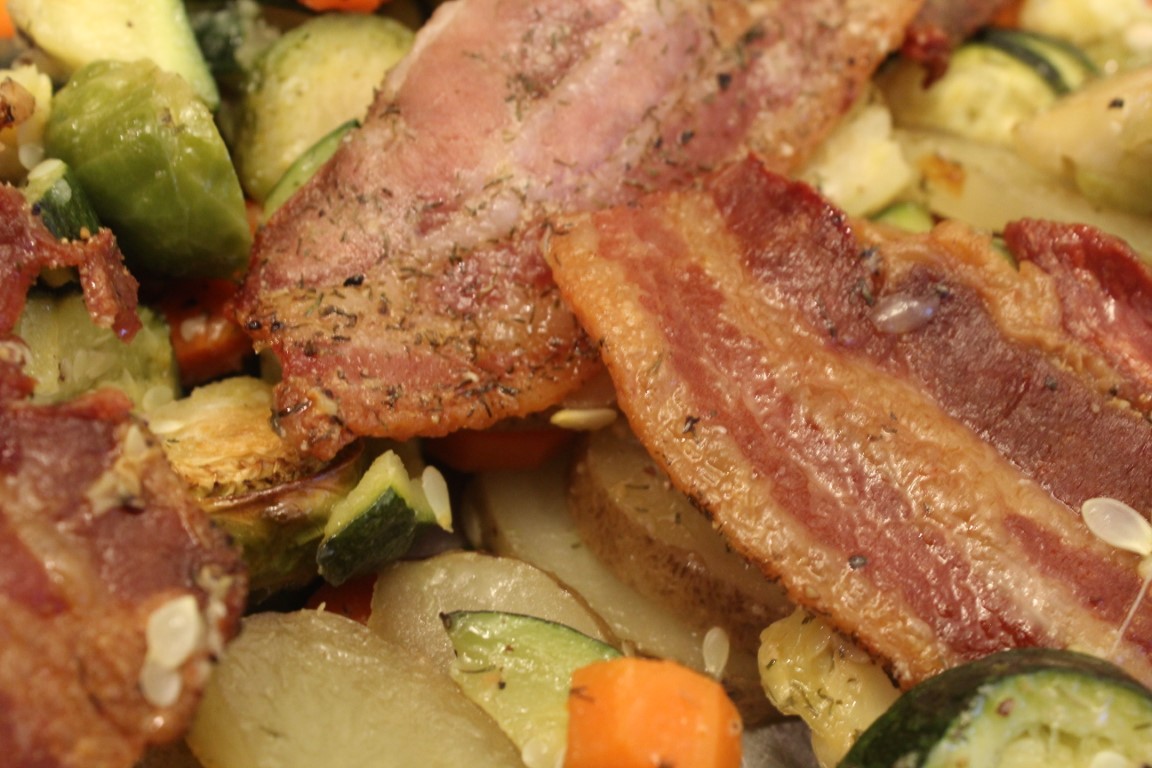
It can be difficult to know where to start when learning to follow a more whole foods diet. Doing so does not have to be difficult and is worth the benefits to your health. Taking small steps and learning to cook food from scratch can make eating whole foods achievable, educational, and enjoyable.
I, like many kids born in the 90s through today, grew up eating a lot of processed food. Boxed mac n’ cheese was a staple lunch, and sugared cereals were our go-to breakfast. I’ll be honest that I didn’t see anything wrong with this way of eating. It was the way I was raised and I didn’t think much of it.
The way I have eaten has changed significantly since moving out of my parents house. It has changed even more since I got married and have had kids of my own. I now choose to keep my meals plant focused and full of whole foods, trying to make as much of my food from scratch as possible.
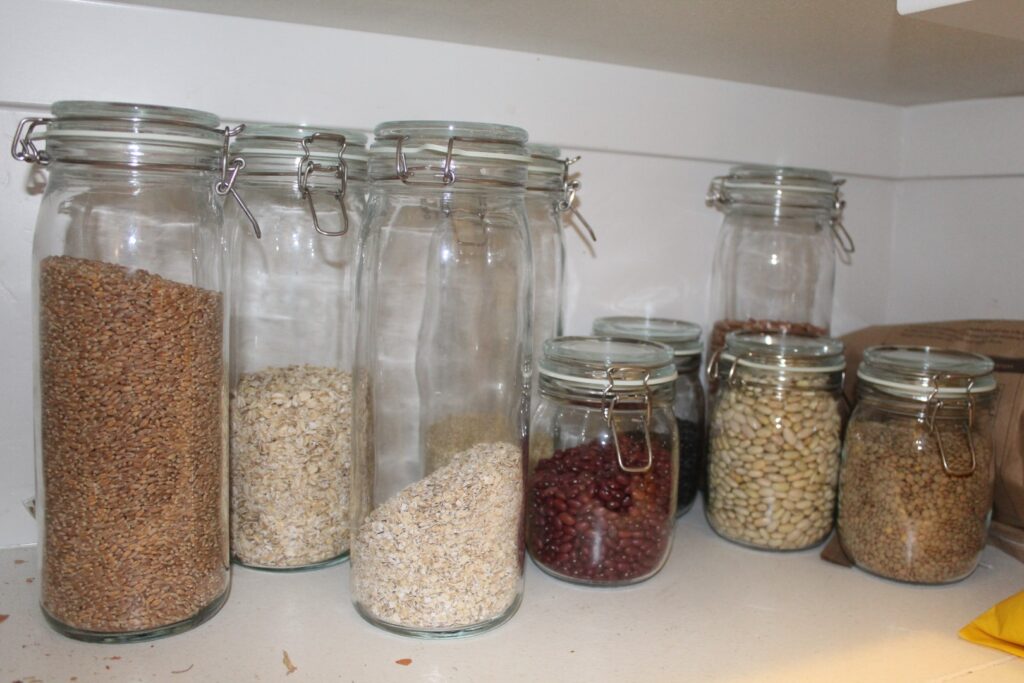
Why Are Whole Foods Best?
For me, one of the biggest reasons for eating whole foods is to help me feel better. Eating this way gives me the peace of mind. I like knowing that the things I am putting in my body are going to be for my benefit.
Whole foods have a naturally high nutrient density. They are full of fiber and antioxidants that improve our digestive tract and overall health.
According to the Global Wellness Institute, eating whole foods has been shown to lower the chance of several chronic diseases. These are diseases that are becoming more common and affecting people earlier and more forcefully than ever before. In my college health classes we talked a lot about these chronic diseases and how they affect quality of life. I want to have the best quality of life possible for myself and my family, and eating whole foods can be a great step in that direction.
What Does Following a Whole Foods Diet Mean?
Walking into a Whole Foods or other health food store, you might be surprised to find out how many of the foods are not actually whole. Just like any other grocery store, they have a section of fruits and vegetables at the front, refrigerated foods in the back, and aisles of processed food in between. Although the ingredients in the foods at a Natural Grocers might be more healthy than some alternatives, they are often still far from whole.
Whole Foods vs. Processed Foods
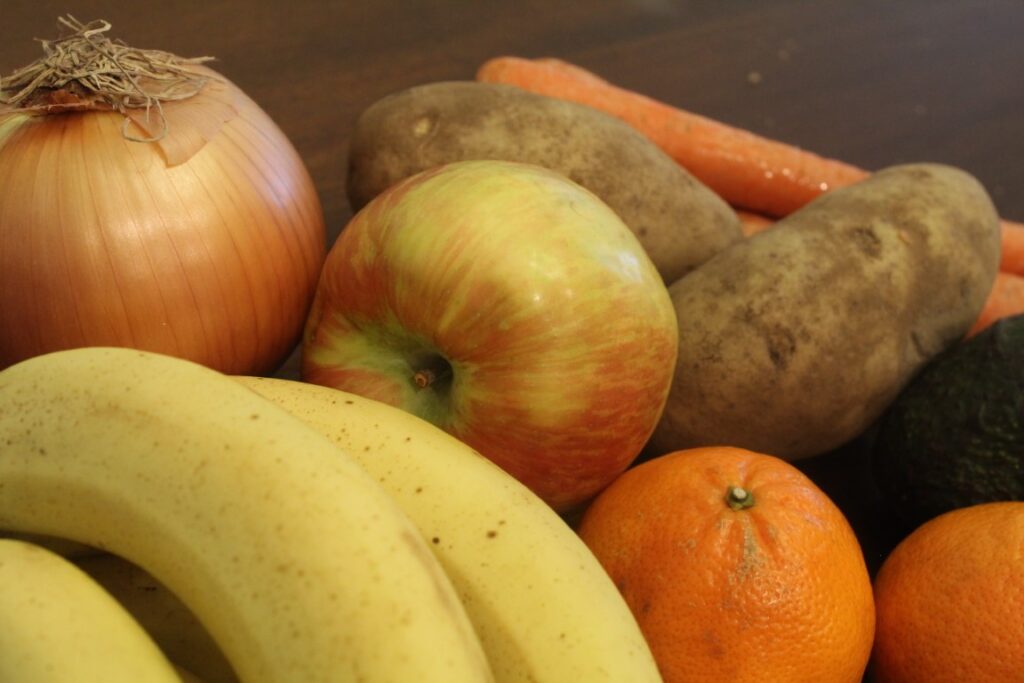
A whole foods diet consists of foods that are naturally grown or made. This includes fruits and vegetables, whole grains, and fresh meats. Processed foods are made when these foods go through processes that change the make up of the food. In the realm of processed foods there is a spectrum from ultra processed foods to those that are minimally processed. Ultra processed foods include foods like hot dogs, fruit loops, or boxed macaroni and cheese. Minimally processed foods might include juice or pasta.
Ultra processed foods can include ingredients that are completely man made. Processed foods often go through processes that remove nutrients such as fiber, as well as vitamins and minerals that are found in whole foods. Processed foods are frequently enriched with synthetic vitamins to try and combat this lack of nutrients. But it can be difficult or even impossible for our bodies to absorb these vitamins, when they do not come in a natural form.
The most minimally processed foods have gone through more natural processes such as heating maple sap to make maple syrup or boiling and crushing apples to make apple sauce. These processes limit the changes to the food products, and help them to keep their nutrients.
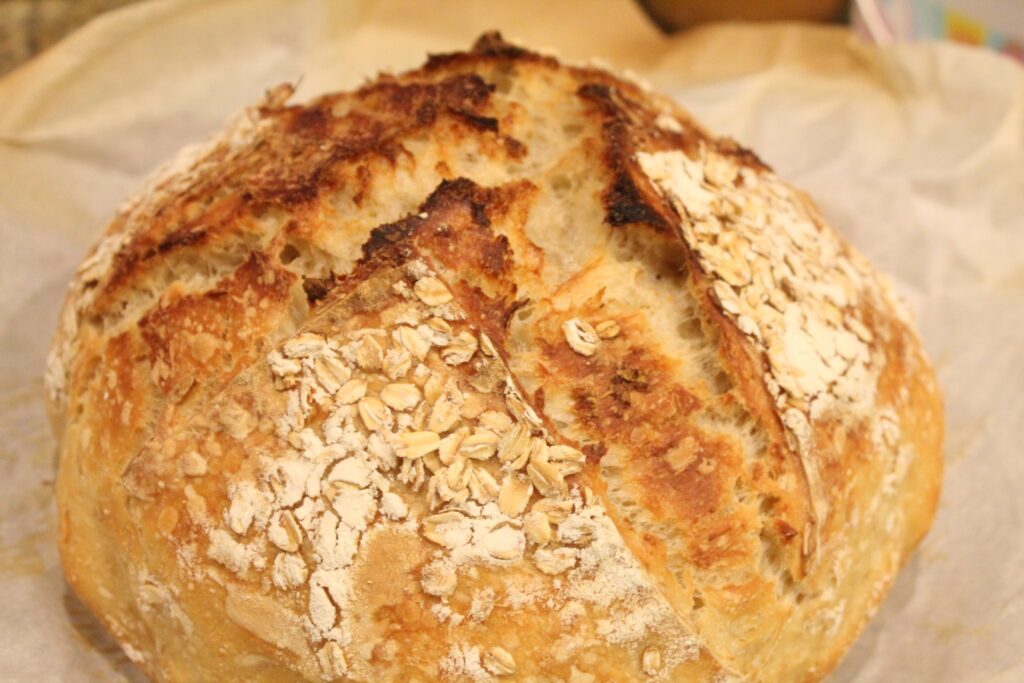
Following a whole foods diet also includes eating foods that have gone through natural processes such as fermentation or aging like cheeses, yogurts, and sourdough. Eating foods that have gone through these processes can be very good for digestion and gut health.
An Achievable Whole Foods Approach
I strive to follow a mostly whole foods diet by trying to eat as many whole foods as possible. But I do not want to stress to much about eating whole foods all the time. I like to know where my food comes from and the processes it has gone through before landing on my plate. For this reason I like to learn to make things like applesauce and yogurt at home.
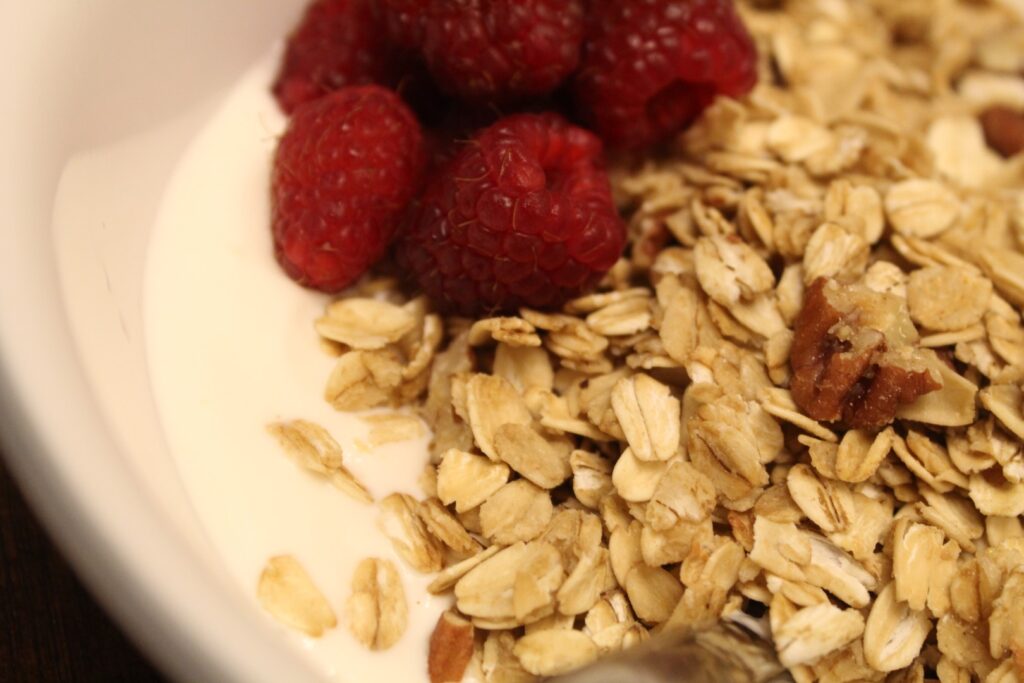
Another thing I like to do when I am shopping is to make sure that the ingredients in my foods are recognizable. I have found and created many from scratch recipes for things I used to buy, such as crackers. and granola. Using my own recipes allows me to choose what is in my food and avoid more processed ingredients.
There are a lot of different ways to cook meals made with whole foods. They can be simple meals of meat and potatoes, or more incorporated meals such as a casserole or pasta with a fancy homemade sauce. It can be difficult to start swapping ingredients for ones made with whole foods, but you don’t have to do it all at once.
How to Follow a Whole Foods Diet
Starting to eat a whole foods diet might seem very overwhelming. You may find it a lot more achievable if you break it into smaller steps. When I first started to eat more whole foods I tried to switch or cut out foods one at a time. It has taken years before I’ve been ready to cut out foods that used to be staples. I had to find easy replacements like swapping granola or oatmeal for boxed cereal for breakfast.
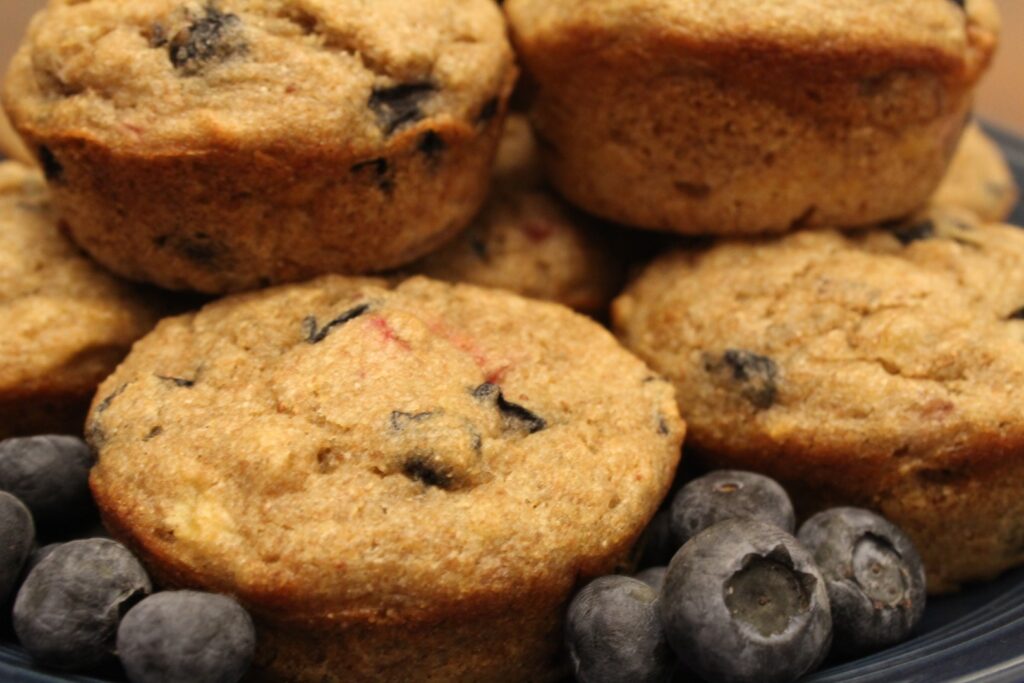
Practice swapping one meal a day
A small step might be finding a few whole food alternatives for one meal of the day. For breakfast you might try my whole wheat banana apple or banana berry muffins. It’s also good to keep quick and simple options in mind. One of our favorites is as a bowl of oatmeal topped with fresh fruit, nut butter, maple syrup, or honey. Once you are comfortable making several different recipes and meals you can start cutting out the more processed foods you might be used to.
Find whole food replacements for your favorite foods
Another important step is to find ways to replace some of your favorite foods with whole food alternatives. If you have kids and need to find good alternatives to some of your kids’ favorite foods; you could try making sweet potato macaroni instead of regular boxed mac n’ cheese. I also love trying to make foods I would normally buy from a restaurant or grocery store. By making my whole wheat animal crackers and restaurant style sweet pork at home, I can choose to use more whole ingredients.
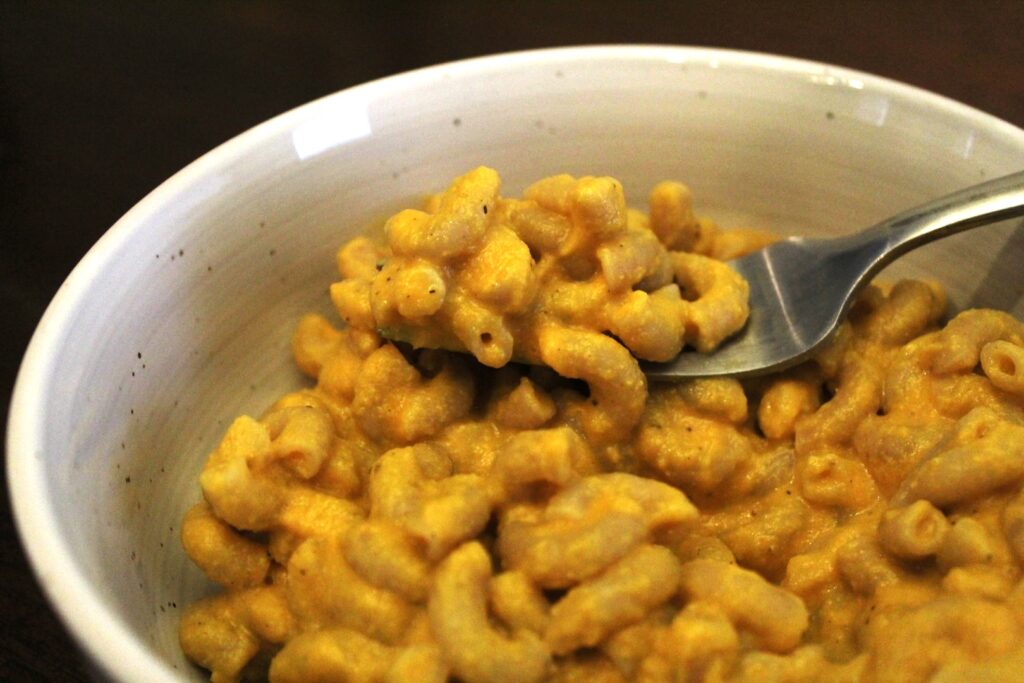
Learn how to season food well
Probably the most vital step to learning to cook with whole foods is learning to season your food properly. Learn to use a variety of seasonings in your foods. Instead of seasoning packets, which can be filled with additives and other processed ingredients. If you season your ingredients well, even a simple meat and potato meal can be full of delicious flavor that will leave you wanting more.
Quick Whole Food Meal Ideas
Cooking with whole foods is not always easy. It can take a lot of prep work, so if you are looking to switch to following a whole foods diet it is important to come up with simple meals that you can throw together in a jiffy.
I like to keep whole grain pasta on hand so I can quickly top it with a simple sauce and veggies. One of my other go-to meals is a one pot rice dish. My boys love these and they come together with very little effort. Sheet pan dinners and soups are a few other quick and simple options. These types of meals come together quick and easy and there are so many variations.
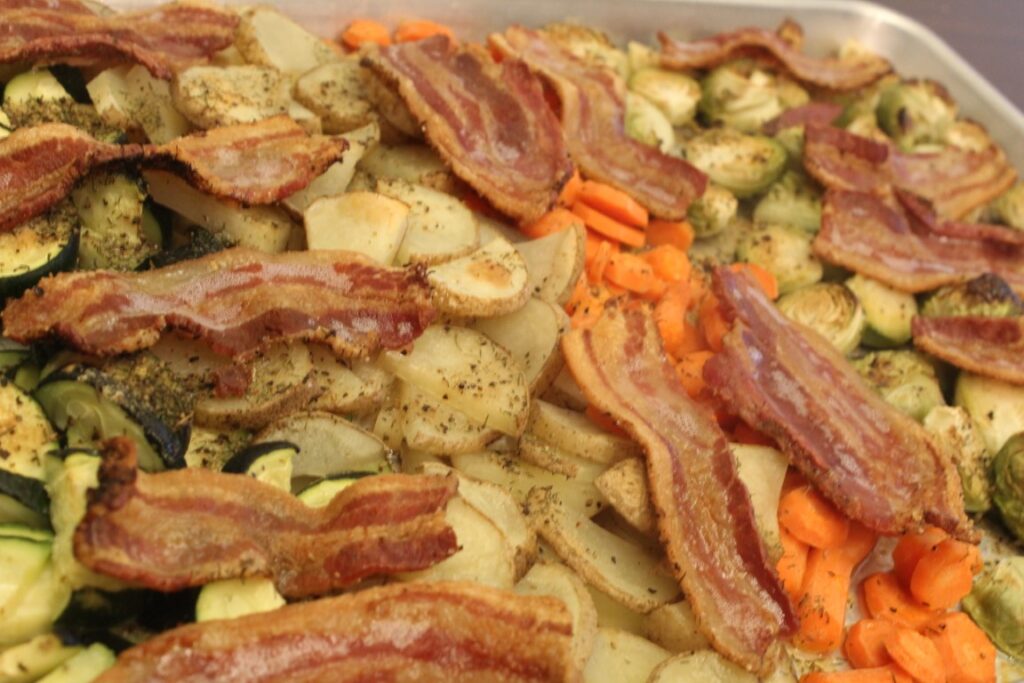
Don’t be afraid to have go-to and fallback meals like these. It can make eating whole foods much less daunting. Having recipes with flexible ingredients is especially helpful. This way you can use the ingredients you already have in your kitchen, as well as what is in season and on sale at the grocery stores.
Learning how to follow a whole foods diet can be a great way to improve your health. Following a whole foods diet does not have to be complicated. Breaking it into small steps can provide great learning opportunities and put you well on your way to eating healthier!